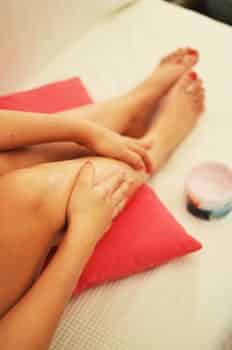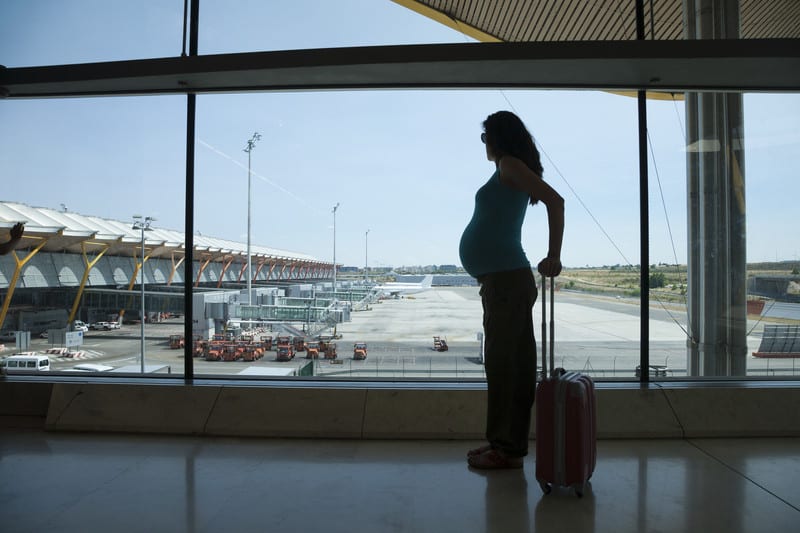
Frustrated with Painful and Unsightly Leg Veins
Painful and unsightly leg veins
With the Arizona heat, a summer day, winter day, or any day is ideal for wearing shorts. But for those with varicose veins or spider veins, the thought of wearing shorts is troubling and leads to severe anxiety. According to the U.S. Department of Health and Human Services, 55% of adult women experience abnormal leg veins as well as 45% of men. If you suffer from varicose veins, you don’t have to resign yourself to living with them if they bother you as there are many ways they can be treated in the office without surgery or painful vein striping.
What are varicose veins? Can varicose veins be prevented? We break it all down for you.
What are varicose veins?
Varicose veins can form when the vein valves that move blood back to the heart weaken and malfunction, resulting in swelling and inflammation. As the valves weaken and no longer keep blood flowing in one direction, the veins become enlarged or stretched due to the abnormal blood flow, blood begins to back up or pool. This often results in bulging, twisted veins with a purple or blue appearance.
Varicose veins most commonly occur in the legs because gravity and other factors make the normal flow of blood returning to the heart more difficult. The lack of circulation and blood pooling means the veins can be painful, make the legs feel heavy or cause a burning, aching, or throbbing sensation.
Why do I have them?
Your genes are the primary factor contributing to your risk for developing varicose veins. When one or both parents have varicose veins, your risk increases. Other contributing factors include pregnancy, obesity, older age, prolonged standing, and physical inactivity.
What do I do about them?
- Physical activity is a great place to start. When we walk, the contraction of the calf muscle helps circulate blood back to our heart, alleviating the build-up that contributes to varicose veins.
- Prescription grade compression socks will also aid with the circulation of blood.
When these aren't enough, new procedures to treat varicose veins are producing excellent results:
- One is the VenaSeal Closure System, which uses medical adhesive and this adhesive is placed in the location along the diseased vein.
- Another is the ClariVein Device, the device uses Mechanico-Chemical Ablation (MOCA). It provokes natural vein spams to produce closure.
- Endovenous ablation is a treatment that uses heat or radiofrequency energy to close off a vein that is not functioning properly, redirecting blood flow through other veins.
- Sclerotherapy uses an injection of a specific chemical to make smaller veins shrink.
Advanced Vein Institute of Arizona
DVT and Varicose Veins during Pregnancy Pregnancy is a risk factor for the development of a blood clots with an incidence that is 4 to 50 times higher compared to non-pregnant women. Increased risk for development of a blood clot is highest in the postpartum period, with the most common occurrence of clot formation in…
Read MoreDeep Vein Thrombosis and Travel Ready to enjoy some summer time travel? Make sure your trip is not shortened by a serious health concern. Small, cramped seating on an airplane, or sitting in a car for a prolonged period of time, may be more of a problem that just causing discomfort. Inactivity in a confined…
Read MoreIn the second of this educational video series, Jilanne Rose talks about the pain involved in various Varicose Vein Treatments. In some cases it’s negligible! Transcript The ease with which we can eliminate varicose veins depends solely on what type of underlying problems you have. That question can’t be easily answered until after a thorough…
Read MoreWhat is Restless Leg Syndrome Restless leg syndrome (RLS), also called Willis-Ekbom disease (WED), is a common sleep-related movement disorder characterized by an unpleasant urge to move the legs. Symptoms often occur during periods of inactivity; particularly in the evenings. This urge to move is sometimes relieved by moving ones legs. During sleep, most patients’…
Read MoreOur own Dr. Jilanne Rose answers questions on Varicose Veins, Spider Veins, Vein Treatments and Insurance Coverage for Vein Treatment in Arizona. Jilanne is a true Varicose Vein Specialist as she has years of education and has been trained by the top experts in the field. She has performed over 10,000 vein care procedures herself. This is one…
Read MoreRisks of Deep Vein Thrombosis Deep Vein Thrombosis (DVT), also referred to as Deep Venous Thrombosis, is a blood clot located within a deep vein, usually in the leg. A blood clot that breaks free and travels up to the heart or lungs is referred to as a Pulmonary Embolism (PE), which can stop blood…
Read MoreWhat Causes Spider Veins? For many people who suffer from spider veins, one of their biggest questions is “What causes spider veins?” Spider Veins, also known as telangiectasia, are small veins located just under the surface of the skin. Most often found on the leg, they can either be very small and hardly noticeable, or…
Read MoreAre varicose veins covered by insurance? The answer is YES, varicose vein treatment is covered by most commercial insurance carriers such as Blue Cross Blue Shield, Champus, Aetna, Cigna, Humana, Health Net, Tricare, UMR, and UnitedHealthCare to name a few. Medicare and AHCCCS will also cover treatment. Many people only try home treatment for varicose veins…
Read MoreAre all vein clinics created equal? No they are not! Med Spa – You can turn on the television or radio at any time of the day and hear countless advertisements for “quick” or “painless” vein treatments. Go to this clinic or that medspa, and they assure you that your legs will look great in no…
Read MoreAside from conservative therapies for vein insufficiency, when your symptoms get to the point that these no longer work, or you want a more permanent solution, there are several methods to treat vein disease. All of them, regardless of method, aim to improve circulation and minimize symptoms by eliminating the abnormal vein. These methods include…
Read More




